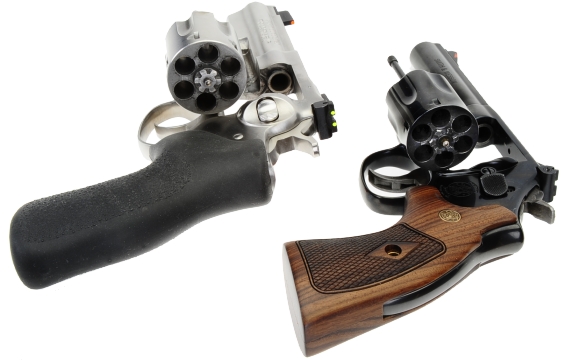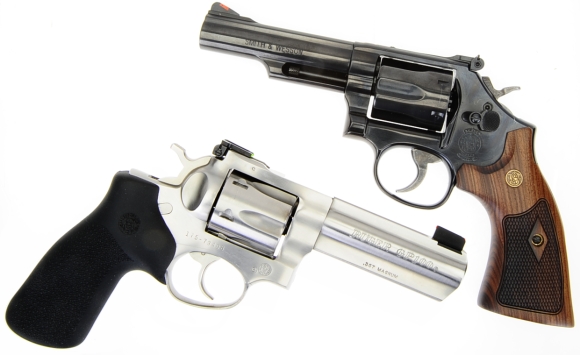I am trying to take it easy more often. Mellow out. Chill. Have you seen the world out there? I’m afraid it is Bob Dylan all over again…
I saw a newborn baby with wild wolves all around it
I saw a highway of diamonds with nobody on it
I saw a black branch with blood that kept drippin’
I saw a room full of men with their hammers a-bleedin’
I saw a white ladder all covered with water
I saw ten thousand talkers whose tongues were all broken
I saw guns and sharp swords in the hands of young children
I don’t understand it, the Bob Dylan song or the current world around me, but I think Dylan was being a little… harsh. I suspect Neil Young’s song means just about the same thing, but the delivery is much nicer, and it is fun to try to mimic that squeaky Canadian voice.
Sailing heart-ships
Thru broken harbors
Out on the waves in the night
Still the searcher
Must ride the dark horse
Racing alone in his fright.
Tell me why, tell me why
Okay… I’ve settled down
I was going to begin this second part of “S&W’s Model 19 Classic” with a comparison to Ruger’s GP100, fall into agitating and negative social media blather, offer my opinions on both without enough engineering level information or test data to reach a valid conclusion, and then forge ahead with a conclusion based mostly on conjecture. But that was the old Bob Dylan me and this is the new Neil Young me…

| Some differences 4.25″ |
Ruger GP100 | S&W Model 19 |
| Barrel Assembly | One Piece | Two Piece |
| Under lug | Full | Half |
| Cylinder Lock Points | 3 | 2 |
| Cylinder Length “ | 1.606 | 1.668 |
| Cylinder Diameter “ | 1.550 | 1.457 |
| Exterior Cylinder Wall “ | 0.080 | 0.075 |
| Wall Between Chambers “ | 0.120 | 0.075 |
| Top Strap Thickness “ | 0.257 | 0.230 |
| Fore Strap Depth “ | 0.686 | 0.620 |
| Recoil Shield Thickness “ | 0.320 | 0.171 |
| Weight Ounces | 39.0 | 37.5 |

The table above indicates measurements taken from each of the revolvers on the same bench at the same time. My personal 357 Magnum is the Ruger GP100 pictured. Grips changed, fire sights installed and a slicked up trigger and spring set, it is shot frequently with hot handloads and for lots of target practice. It is beefier than the S&W at numerous frame and cylinder locations as indicated on the table.
I’ve owned and shot a number of S&W Model 19s. They are less robust than the Ruger and the cylinder locks at only two locations. The S&W does have a longer cylinder which is a plus when handloading heavier bullets and this may be key to why only 1.5 ounces separate these revolvers in overall weight. I am suggesting the Ruger is more sturdy than the S&W, but not as a practical matter. I’ve never had a Ruger GP100 fail in use, but then I’ve never had a failure with the S&W Model 19.
So why do I shoot a Ruger GP100 as a routine? For me, the Ruger is easier to work on and to maintain. The increased frame and cylinder wall thickness provides a greater margin of safety when working on high end handload development. I like the nose heavy feel of the GP100 and that balance makes me a better shooter. I like the sight… a lot. All perceived benefits as, again, I have never had a S&W Model 19 fail, a more talented enthusiast might have no problem working on the S&W, a different shooter might like a more neutral balanced revolver, and the same type sights could be installed on the Smith & Wesson.

Sorry, no cracks, eroded throats or short bullet/gas velocity theories to report. I do clean my firearms and I don’t abuse them. Perhaps that is the no failure “luck” I’ve had in shooting the Model 19. No, I do not perceive social media reported issues as valid and I do not have access to factory failure analysis data which I would consider valid. Even customer service reports only suggest potential problems as there is no way of knowing how a failed firearm was handled, used or maintained.
Shooting Personality… The Model 19’s, not mine

Someone might get the idea that the 357 Magnum is for people who can’t make a decision. Probably true. So thirteen types of ammo were shot in hopes most everyone would see at least one type to which they can relate. Geez, that was an awkwardly constructed sentence. One or two of these ammo types may now be discontinued as product name change marketing, rather than product change marketing is quite popular.
| Ammunition | Bullet Type |
Bullet Weight Grains |
Rated Velocity FPS |
Recorded Velocity FPS |
5 Shot Group 50′ |
| Winchester Personal Protection | JHP | 110 | 1295 | 1262 | 2.1 |
| Remington Golden Saber | BJHP | 125 | 1220 | 1233 | 1.9 |
| Barnes TAC-X PD | HP | 125 | 1200 | 1266 | 1.2 |
| Hornady Critical Defense | FTX | 125 | 1500 | 1398 | 1.7 |
| Winchester PDX1 | JHP | 125 | 1325 | 1315 | 1.9 |
| Hornady Critical Duty | Flex Lock | 135 | 1275 | 1247 | 2.0 |
| Remington HTP | SJHP | 158 | 1235 | 1178 | 1.1 |
| Blazer Brass | JHP | 158 | 1250 | 1243 | 1.6 |
| Speer Gold Dot | GDHP | 158 | 1235 | 1226 | 1.2 |
| Hornady Custom | XTP | 158 | 1250 | 1235 | 1.5 |
| Federal American | JSP | 158 | 1240 | 1224 | 1.5 |
| Remington HTP | SJHP | 180 | 1145 | 1078 | 1.8 |
| Hard Cast Handload | SWC | 158 | – | 1258 | 1.3 |
Across a good variety of ammo types and weights, there was nothing… weird to report in terms of velocity and accuracy was good. This is not a revolver designed for bullseye shooting, its application was law enforcement at its inception. Generally anticipated defensive shooting distances are under ten yards. In this case, the shooting distance was twice that amount with five rounds fired, even if from a rest. I am sure the Model 19 has a lot more potential than I have skill.
How it all ended
 For firearm enthusiasts who have an affinity for revolvers, the Smith and Wesson Model 19 Classic will be appreciated. Its form makes it a soft shooting 357 Magnum, its sights are very good and the mechanical assembly lends itself to precise shooting.
For firearm enthusiasts who have an affinity for revolvers, the Smith and Wesson Model 19 Classic will be appreciated. Its form makes it a soft shooting 357 Magnum, its sights are very good and the mechanical assembly lends itself to precise shooting.
The Model 19 is a good looking revolver; parts fit is very good, the bluing is deep and the two piece barrel/shroud assembly do not detract from the gun’s looks at all. The assembly was tight when received and it was tight when the exercise was over.
Hammer lock safety opponents are a curious lot. There is no history of mechanism failures outside of social media… where every gun owner is perfect and equipment failure is responsible for one hundred percent of anything that goes wrong. The safety lock is an added opportunity to safely stow a firearm and the owners discretion when and if to utilize the feature. Still, there is always one die hard who will rant about the feature, denounce S&W in any article comments section available.
I read so many stories these days from people who read the same collection of books and magazines and quote them without credit in hopes of being labeled an expert. I suppose they are, as long as the source of information they used was credible. I referenced the Model 19’s history in Part I and credits my sources. Three screws, four screws, MIM or not MIM, pinned barrel, etc… In the end, none of that matters as it is only how well the current model performs for the person who decides to make a purchase. Personally, I think the revolver is a bargain as a firearm and one that will provide a life time of service.

Email Notification